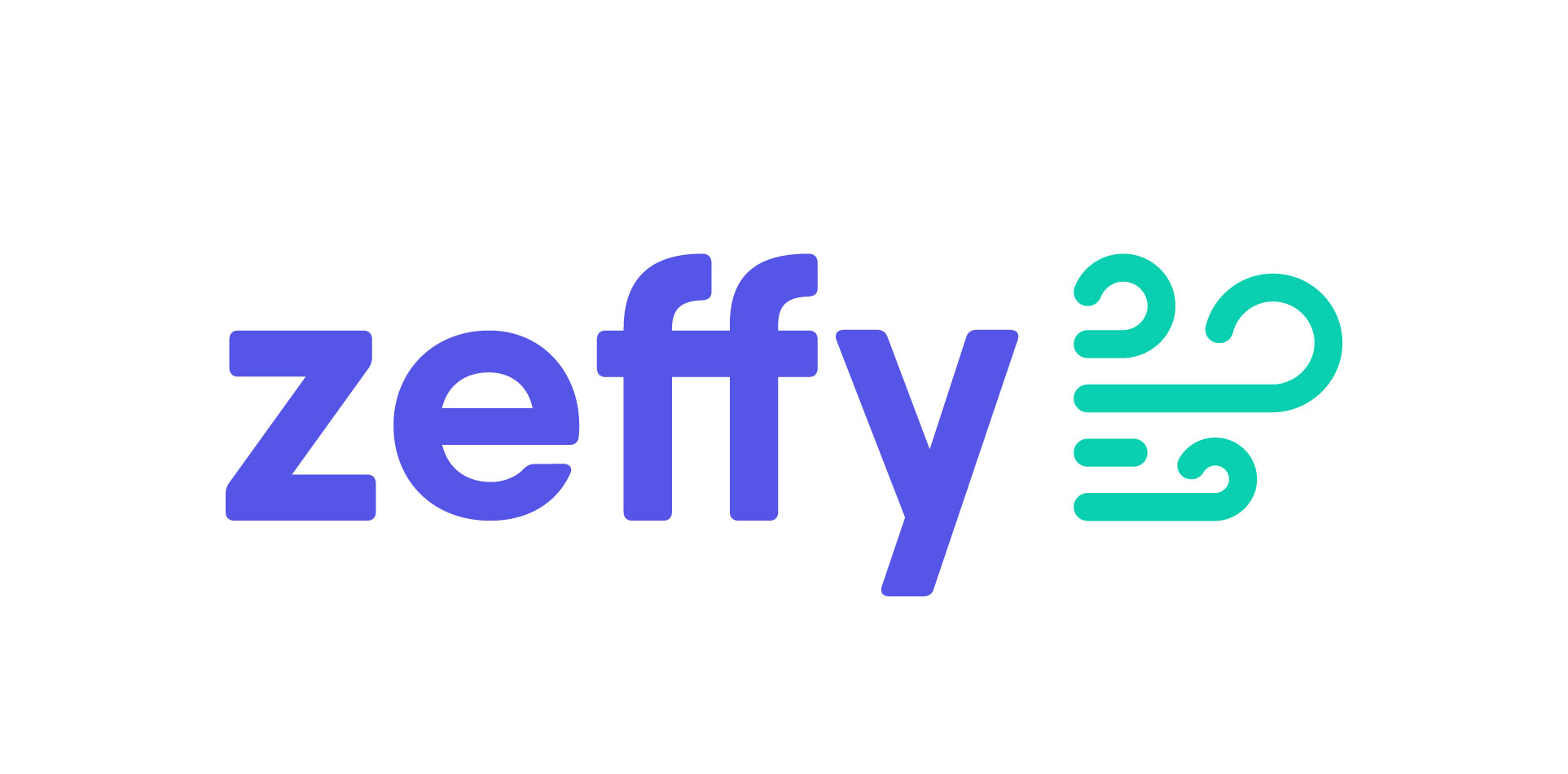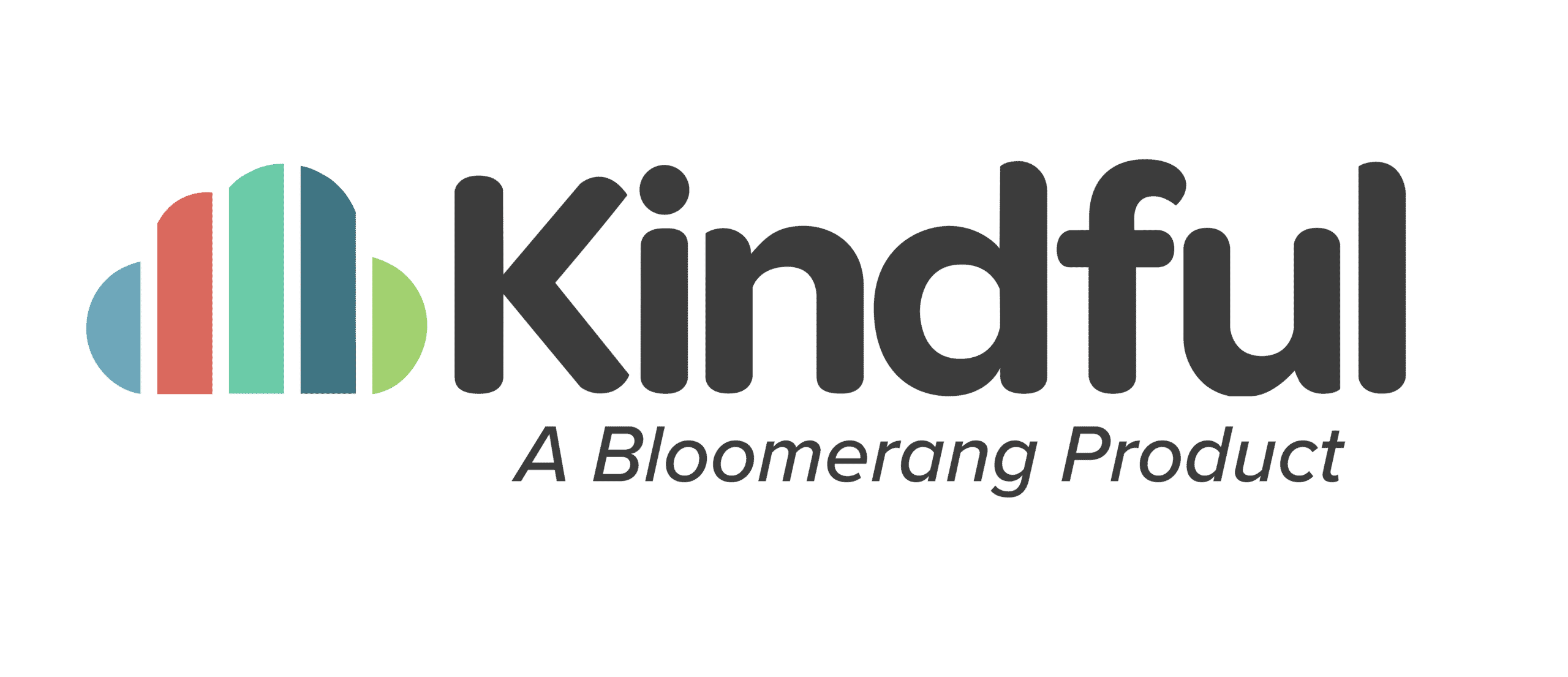In the nonprofit fundraising arena, selecting the appropriate platform can be the defining moment in its success. From smooth donation workflows to effective donor data handling, technology interacts with your mission's success. One platform which has captured many people's attention due to its pledge of zero fees is Zeffy.
However, a number of nonprofits have recently started switching from Zeffy to other platforms. What pushed them over the edge? And what's the new platform of choice?
Let's break it down.
What Is Zeffy?

Zeffy is a donation collection tool designed to assist nonprofits achieve their goals. What differentiates it from most of its competitors is that it operates at a loss, not charging any fees to the organizations. Zeffy instead runs on voluntary subsidies from users and donors to cover its operational costs.
Zeffy offers:
- Donation forms
- Event ticketing
- Membership and peer-to-peer fundraising
- Basic analytics
Small and medium nonprofits benefit the most and they are often the most cost-sensitive, which is why many start with Zeffy. However, when their needs grow or they seek more advanced tools, they begin looking for alternatives—and often want to know how to delete Zeffy or close their account to make a smooth transition.
Why Nonprofits Initially Chose Zeffy
His colleagues recounted this story to me because I remembered how nonprofits felt when Zeffy pitched them as a sponsor via email: “We had never seen such a customer-centric approach. Everything is free; 100% of your money is kept.”
- Donor-covered fees: Donors are encouraged to add a bit of extra money to help cover transaction fees.
- User-friendly interface: Donation form and event page setup are completed in minutes thanks to drag-and-drop tools.
- Basic tools in one place: The “all-in-one” dashboard offered by Zeffy was more than sufficient for many smaller organizations to manage ad campaigns.
As larger organizations tried to incorporate more advanced features, they started facing Zeffy's limits.
Common complaints and limitations of Zeffy
Though it is labeled “free forever,” users respond to free features, complaining that Zefy has too few of them. Here are features users had most issues with:
1. Limited Customization
Zeffy is far less customizable when it comes to branding than other platforms. For many organizations, this can be deal-breaker more.
2. Lack of Advanced CRM Features
Marketing tools depend highly on user need, Zefy's limited service of basic donor tracking falls in need gaps lacking segmentation, automation, and lifecycle management.
3. Confusing Donor Experience
Confusion of how “tipping” work at checkout damages the donation trust factor.
4. Payout Delays
Not many, but some nonprofits complain slow fund transfers without ties to payment processors.
5. Challenges with Growth
Zeffy often struggles with nonprofits deepening their relationships, especially as they scale up. Features like detailed analytics and peer-to-peer fundraising exist, but are much weaker than on competing platforms.
Zeffy's Top Competitors
Let's take a look at some of the most commonly used platforms that nonprofits are moving to and determine the reasons behind their switch.
a. Givebutter
Givebutter is a completely free, fundraising platform that aggregates donations, fundraising events, and peer-to-peer fundraising all while leveraging storytelling.
Why nonprofits choose Givebutter:
- Provides unlimited platform usage for free
- Donor paid fees for processing
- Live feeds of supporters and social media support
- Wonderful for events and livestream campaigns
- Modern sleek design that is easily customizable
Most suitable for: Nonprofits looking for robust social media engagement during fundraising and peer-to-peer giving.
b. Donorbox
Donorbox features a donation system that can be seamlessly integrated into your website and syncs with several CRMs including Salesforce.
Main features:
- Recurring donations
- Donor profiles and management
- Employer matched donations
- Robust integration with WordPress, Zapier, and Mailchimp
Most suitable for: Small to mid-sized nonprofits looking for embedded donations enhanced with CRM functionality.
c. Classy
Classy is an enterprise level fundraising tool used by big organizations such as Shriners Hospitals and Team Rubicon.
Highlights:
- Classy's advanced campaign builder
- Peer-to-peer fundraising
- Recurring giving options
- Full CRM integrations
Most suitable for: Midsize to large nonprofits needing reporting and campaign versatility alongside scalability.
d. Funraise
Funraise has brought technology and style together with fundraising, providing an effortless experience. It is tailored to modern nonprofits that require control and customization.
Benefits include:
- Custom donation forms and pages
- Powerful analytic dashboards
- Donor CRM with segmentation capabilities
- API availability for programmers
Best for: Professional users that demand detailed analytics along with developer resources.
e. Kindful (by Bloomerang)

Focuses on donor relationship management. It is a CRM-first system with tools for donations added on.
Notable features:
- Comprehensive profiles for each donor
- Automated tracking and segmentation
- Retention reporting
- Integration with Bloomerang
Best for: Organizations that rely on data and focus on long-term relationships with donors.
Why Nonprofits Are Switching
Here are the most common reasons why nonprofits are moving away from Zeffy:
1. Improved CRM Capabilities
Detailed donor data management is not Zeffy's strong suit. Organizations need technologies that monitor donor communications, automate interactions, and provide insights that can result in action.
2. Scalability
As campaigns increase in complexity, a nonprofit's reliance on Zeffy's basic tools will lead them to outgrow the system. They require strong systems with event management, peer-to-peer systems, and advanced integrations.
3. Donor Experience
Not every donor wants to “tip” at checkout. Other platforms provide more comfortable options.
4. Customization and Branding
More sophisticated platforms give complete control over branding and design of the forms, which is crucial for a strong unified identity.
5. Ownership of Data and Data Portability
Users are able to benefit more from advanced platforms because of customizable external tools, reports, and data export options.
Fundraising Platform Selection: Important Considerations
Selecting a platform requires additional thought beyond the price. Nonprofits should evaluate the following:
Pricing Options and Feature Availability
While free tools are great, do they satisfy your requirements? The “free” label should not deter you from investing in more effective tools in the long term.
User-friendliness
Can your team effortlessly configure campaigns, track donations, and issue updates?
Integrations
Can external systems such as the organization's CRM, email tools, website, and accounting software be seamlessly integrated?
Donor Experience
Is giving straightforward, secure, and smooth? Regardless of the device, does it work as intended?
Customization and Branding
Do the donation pages emanate your branding or the platform?
Reporting and Analytics
Can critical smart fundraising decisions be made with available data?
Customer Support and Training
Is there easy access when assistance is needed? Are there onboarding materials?
Final Thoughts
With an attractive incentive for small nonprofits, Zeffy has gained attention with their zero-fee fundraising offer. However, increasing organizational needs as nonprofits grow presents new challenges.
Givebutter, Donorbox, Classy, Funraise, and Kindful have features that foster stronger support for long-term growth, campaign flexibility, and increased donor engagement.
Despite the initial anxiety that comes with switching platforms, it is often a critical move to enhance your fundraising capabilities and deepen donor relationships. Choose a solution that works for your budget, but more importantly, select one that matches your organization's mission and vision.





